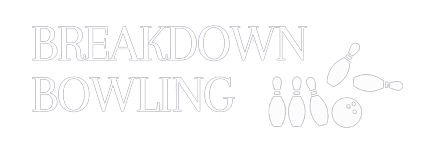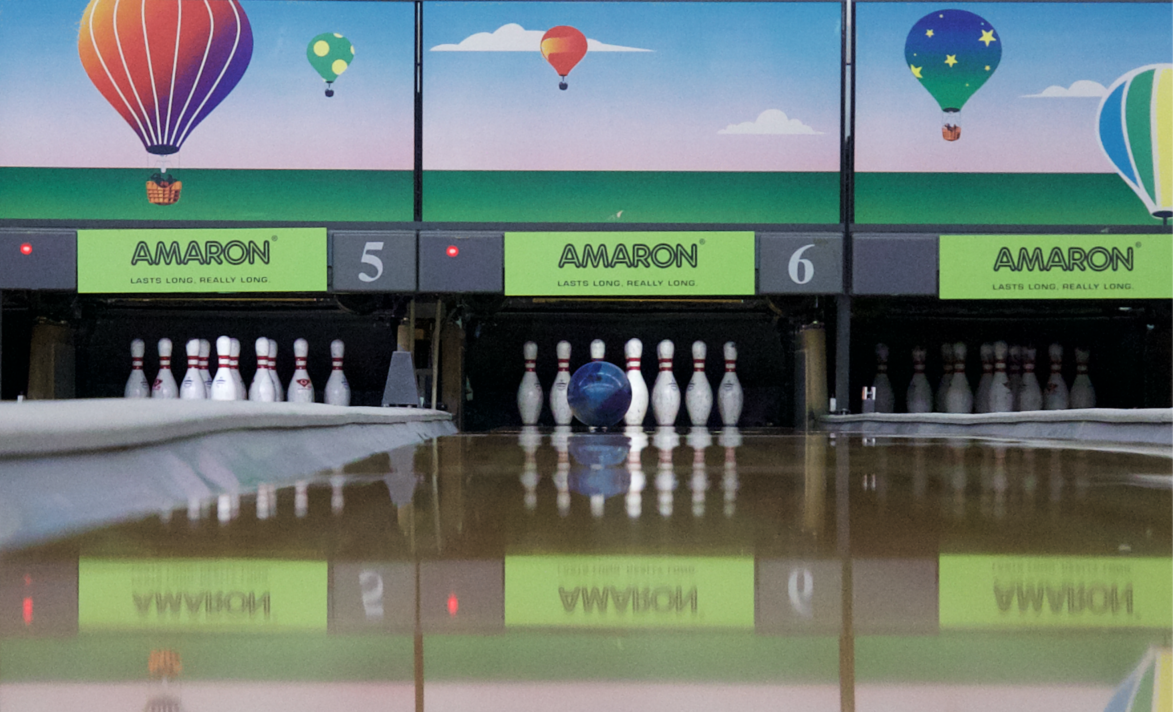Bowling is a unique sport in that there is no ideal physique required to do well. The best bowlers come from varied physical backgrounds, with different heights, builds and even age. This is because the physical game is just a small component of the sport, and the mental and tactical games may be equally, if not more important!
With that said, many bowlers are still interested in developing their physical fitness. In this article, we will discuss exercises specifically for bowlers. Of course, there is no replacement for a certified physical trainer, but with the wealth of resources available online, we are sure that everyone will be able to find a programme that works for them!
Why is physical training important for bowling?
We believe that physical training is important for bowlers for three reasons. Firstly, having some form of strength training can improve many aspects of the physical game. For example, having a strong forearm lays the foundation for being able to stay behind the ball, improving the bowler’s , while having a strong lower body allows for a more stable finishing position, improving consistency.
Secondly, most tournaments stretch for hours, over at least 8 games. During this time, the bowler makes more than 150 shots, and muscular fatigue will definitely set it, leading to inconsistency, and possibly decreased speed and power in the shots towards the end when it could be most crucial. Being physically fit will slow down the fatigue, and allow the bowler to perform at a higher level for a longer period.
Lastly and most importantly, being physically fit prevents injuries from occurring while bowling, or in everyday life. Just the action of lifting the bowling bag can injure the back, even if the bowler has done it thousands of times before. Physical exercise, especially strength training, increases bone density and builds muscles, which minimises the occurrence of injuries.
Overall training
We believe that before focusing on specific exercises for bowling, it is important to first develop an exercise regime that strengthens the whole body first. There are many resources available to help you develop a strength training programme for overall fitness, so we won’t delve into the details here. Just remember to add in some cardiovascular exercises as well as bowling tournaments are held over a long period of time compared to many other high intensity sports!
Bowling-specific strength exercises
Forearm exercises
A strong forearm is extremely important for bowlers as the entire sport revolves around holding a heavy ball. It allows you to get behind the ball, or even cup your wrist at the point of release, thus increasing your and improving consistency.
Dumbbell Wrist Curl
The dumbbell wrist curl is probably the most intuitive way to strengthen the forearm flexor muscles, and can be done anywhere! You don’t even need a dumbbell, if you find yourself waiting with a heavy item such as a bag of groceries or a water bottle available, then you can start curling away!
For details on how to do this with proper form, visit here
Dumbbell Wrist Extension
We will need to strengthen the antagonist muscle as well, so similar to the dumbbell wrist curl, you can do this anywhere. In fact, since the forearm extensor muscles are weaker than the flexors for most people, it is even more convenient to train them as you don’t need a heavy weight.
For details on how to do this with proper form, visit here
Back and Core Exercises
Back and core exercises are important as they are the support structure for your entire body. Having a strong core and posterior chain will allow you to support your bowling ball over long games, and more importantly, reduce risk of injury.
Pull-Ups
Pull-ups build not only your forearms, but the large muscles in your middle to upper back as well (latissimus dorsi and trapezius), all while stretching out your spine. If you aren’t able to do many reps of pull-ups, then simply hanging from the bar is an excellent strength training exercise as well.
For details on how to do this with proper form, visit here
Farmer’s Walk
This is another functional movement that is extremely simple to perform, yet effective both in everyday life, as well as in bowling. By just literally picking up 2 heavy weights and walking, we are able to train just about every major muscle group in the body, from the back, to the core, to the lower body, and of course our forearms as well!
For details on how to do this with proper form, visit here
Plank
The plank is probably the most commonly practiced core exercise, and for good reason. It is an isometric exercise that strengthens both the abdominals, and the back muscles. For us bowlers, we might also wish to do the side plank variations for emphasis on the obliques due to the muscle imbalance we carry in our sport.
For details on how to do this with proper form, visit here
Lower Body Exercises
Bulgarian Split Squat
For the squat variation to strengthen our quadriceps and glutes, we recommend the Bulgarian Split Squat. It is a unilateral movement which requires greater balance and coordination than the normal barbell squat. It also places more emphasis on the leg muscles rather than the back, thus more effectively addressing any muscle deficiencies in the legs.
For details on how to do this with proper form, visit here
Dumbbell Forward/Reverse Lunge
The lunge perfectly captures the unilateral requirements of bowling, especially at the finishing position. Using dumbbells will add resistance to the movement, and contribute to its effectiveness in building muscle. Though the forward lunge is a more natural movement, the reverse lunge is also possible especially if you have pain in your knee.
For details on how to do this with proper form, visit here
Skater/Curtsy Lunge
This move may be less dynamic than the normal lunges, but it emphasises stability and trains the hip adductor and abductor muscles. These muscles are often neglected in many routines, and are thus commonly injured in many sports as they are frequently used in changing direction. In bowling, they are heavily used in our non-sliding leg when we transition from a power step to the finishing position, as well as in stabilising our sliding leg, especially if we drop our shoulder.
For details on how to do this with proper form, visit here
Lateral Lunge
The lateral lunge combines both the dynamic movement of the forward/reverse lunges, and the emphasis on the stabilising adductor muscles of the curtsy lunge. It strengthens all the leg muscles, and you can easily add resistance by using a resistance band or carrying a dumbbell.
For details on how to do this with proper form, visit here
Single Leg Deadlift
While there is no exercise that strengthens the posterior chain as much as the conventional deadlift can, we recommend the single leg deadlift for bowlers. It is unilateral, so your strong side will not compensate for your weak side, and it requires balance and coordination to perform, which are key for bowlers. In addition, we don’t require much resistance for this move to be challenging for most people, so it is convenient to perform and runs a lower risk of injury.
For details on how to do this with proper form, visit here
We hope that you found this article useful and begin incorporating a few of these exercises into your physical training routine! Do let us know how they work for you, and if you have any suggestions!

